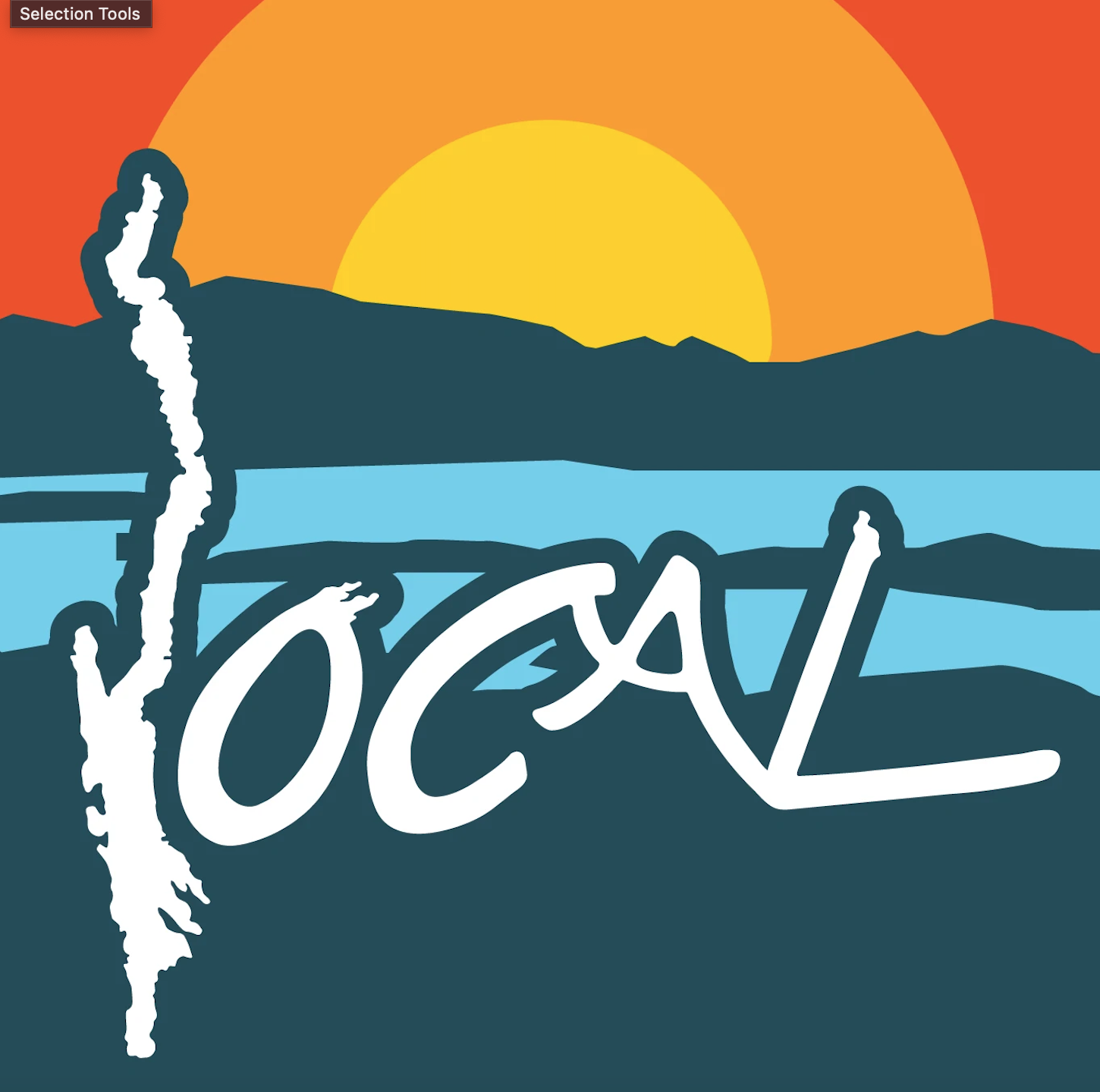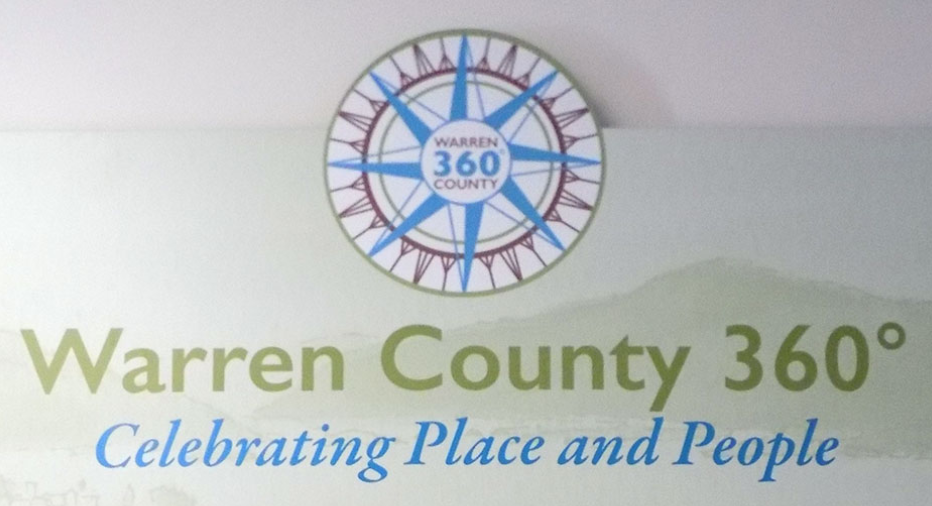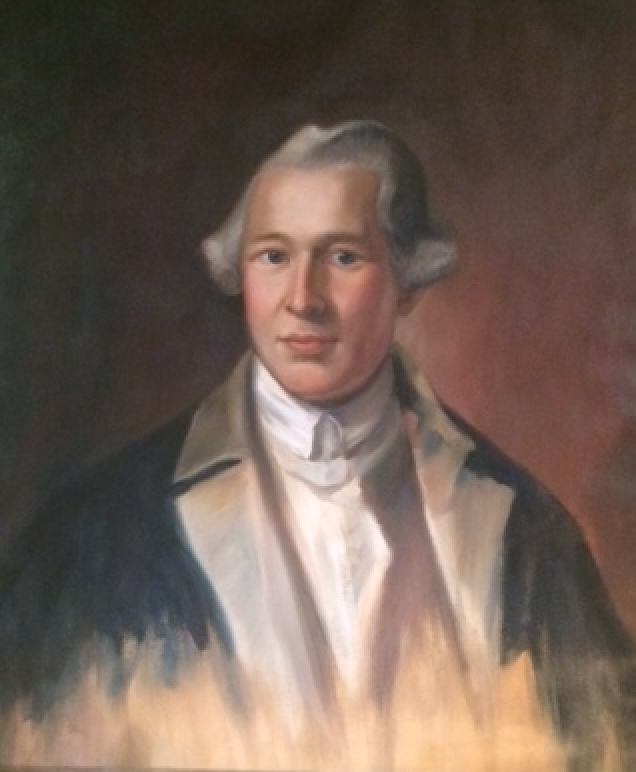A Sense of Place
Four Perspectives on Finding Roots in the Land
Connections Across Generations
Canoe Island Lodge
What accounts for the strong sense of place that residents and visitors associate with the Lake George experience?
In our recent Civic Conversation, Sara Frankenfeld, Warren County's Geographic Information Systems (GIS) Administrator, put her finger on it.
"My son worked at Canoe Island Lodge on Lake George. It was built in the 1940s by a good friend of my great uncle. That same family has been running the lodge since the 1940s, and many of the visitors have been coming here for years, staying in the same room, often during the same week, for generations, going all the way back to the 1940s.
"My son loved working for the same establishment as his older cousins did before him, and I love the thought of multiple generations of our two families intertwined around the same location back through the decades.
"If you've spent time in Lake George, you've likely seen people wearing hats and shirts with a graphic of the lake and the word 'local.' This is an example of a small business that has capitalized on the strong sense of place and connection to the Lake George region. This gear is worn proudly by both part-time residents and those who live here year-round.
"One of the goals of our First Wilderness Heritage Corridor is to instill a similar sense of place for the communities in the western part of the county. These towns share both the rugged geography and history as the first route into the heart of the Adirondacks, first via the Hudson River and then on the Adirondack Railroad. These communities are smaller, more rural, and less visited, but they share an amazing history as the first place that Americans realized that wilderness was going to be an important part of our civilization. They were the birthplace of legislatively protected wilderness.
"Our collaboration with the Historical Society in telling Stories from Open Space aims to shine a light on these First Wilderness communities, their history as well as all that they offer today. We hope it helps to instill a sense of pride that draws new residents and visitors to the area. We want to develop a strong sense of place that leads to stronger communities that enjoy a good quality of life."
Creating a Museum
A member of the Warren County Historical Society since the organization's founding in 1997, Teri Rogers was invited to be its Executive Director in 2017, just as the organization was moving into its current building at 50 Gurney Lane near the Northway and county offices at Exit 20.
Formerly a dormitory for nurses employed at a sanatorium for tuberculosis patients, the county-owned building was gifted to the Historical Society with the proviso that the Society would create a destination where tourists and residents could visit and learn about the history of Warren County.
"The first question the board asked me was, 'Can you help us create a museum?'"
She saw a great opportunity.
"We wanted to offer something that would entice people to learn about the history of Warren County in a new and different way. So we decided to focus on cultural geography. That meant we would underscore the important natural resources that are indigenous to this region and show how they helped the county evolve, culturally and economically.
"We considered cultural geography to be a useful approach because those who settled here were drawn by our mountains, lakes, and rivers. It's because of these features in our landscape that the county has evolved as it has."
Rogers and her team of volunteers produced a series of narrative panels for a permanent exhibit called "Warren County 360: Celebrating Place and People."
The exhibit includes a "long deep dive" into the county's military history, spotlighting important venues in which the French and Indian War was fought, as well as the key battles of the American Revolution.
It also focuses heavily on how the county was settled through land grants and patents, most of which at some point came to be owned by John Thurman, the merchant from New York City who by the 1780s acquired most of the land we now call Warren County. By the turn of the 19th century, Thurman -- for whom the towns of both Thurman and Johnsburg are named -- created a thriving community of 700 people, offering employment in a calico cotton mill, distilleries, a farm, blacksmith shops, and lumber and potash production.
Because the impact of the Northway is still so much with us, visitors find its story especially compelling.
Because the impact of the Northway is still so much with us, visitors find its story especially compelling.
"We look at how the Northway changed our region through suburbanization and its impact on the economies of our smaller northern towns. Some became stagnant. Others, like North Creek, were able to make lemonade out of lemons because they made the most of their beautiful mountains and great ski conditions."
"People rise to the challenge of their surroundings to create the best place they can live, work and raise their families," she adds. "That's really the essence of what sense of place means. It concerns the way people live and do their best work in a certain place where they sense themselves to be rooted."
The Historical Society has launched Warren County Voices as a "reminder about the connections that we all share living in this beautiful place we call home," says Rogers. This will be a book of recollections submitted by residents to be published by the Historical Society in 2023.
"Many of us have felt isolated during the pandemic," she says. "We see this as a way to bring us together -- an invitation to residents and tourists to write a memoir of growing up in Warren County or spending time here.
"We simply ask people to sit down at their computers or put pen to paper and submit stories of one to five pages. If you have photos, we'd like those, too. We're happy to assist with editing." Submissions should be sent as Word documents by December 31 to publications@wcnyhs.org or execdir@wcnyhs.org.
A Love for Maps
When Dominic Giordano decided last year that he would do an internship at the Warren County Historical Society, he already had an interest in cartography and mapmaking. That made it easy to pick a project from among those offered by Executive Director Teri Rogers and President Stan Cianfarano. He would review the county's vast archive of maps and produce an exhibit that explored the works of various cartographers and reviewed changes in methods over time.
Now a first-year student at Skidmore College, Giordano at that time was just graduating from North Warren High School. Diving into the county archives, he found 14 maps he considered worthy of exhibiting. The earliest was produced in 1757 by a Spanish cartographer. The most recent is a 2007 Warren County Highway map. In between are spectacular maps produced by such great names in mapmaking as Seneca Ray Stoddard and Verplanck Colvin.
Amanda Beck of Warren County GIS has converted the original print brochure Giordano produced into an easy-to-browse online presentation here. You may view our Civic Conversation with him here.
A Tribute to Joseph Warren
Joseph Warren
Fourteen states in this country have counties named for Joseph Warren. More than 100 cities, villages, or hamlets are named for him.
That's a good measure of how this hero was regarded when, killed in the Battle of Bunker Hill, he became a martyr known throughout the colonies and galvanized the rebel forces.
A Boston physician, Warren was a "Son of Liberty" along with John Hancock and Sam Adams when he was commissioned a major general in the colony's militia. Yet he chose to serve in the Battle of Bunker Hill as a private soldier, as reported in Wikipedia's lengthy account of his life and death.
"He could have been as great as George Washington had he not been killed so early in the fighting," says Stan Cianfarano, President of the Warren County Historical Society, in a recent Civic Conversation.
Thanks to Shane Newell, a Boston-based historian and collector of Joseph Warren ephemera, art, and sculpture, the Historical Society is planning a new exhibition space next to its main building to tell Warren's story. As Cianfarano told us in our Civic Conversation, a former county-owned residence beside the Historical Society's main building is well-suited for the purpose.
In "phase one," the early vision of the project calls for a library and place to display materials. "In 'phase two'," he adds, "we might construct a new building with a theater and invite people from all over to come to learn about leadership and history."
"We might also have an apothecary garden similar to one that Warren might have kept at his office or residence to support his practice."
The near-term plan calls for an exhibit in the Historical Society's main building of pieces from Shane Newell's collection.
"We'll invite people in to see what might well become part of what we might call the 'Joseph Warren Visitors Museum.'"






